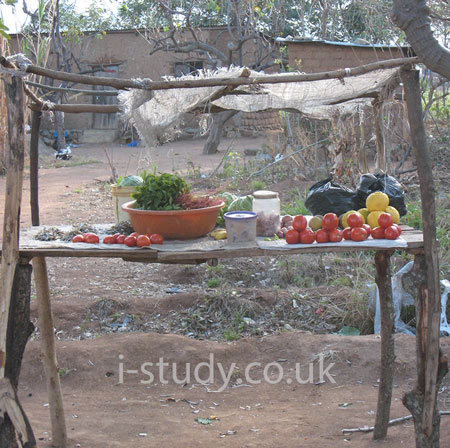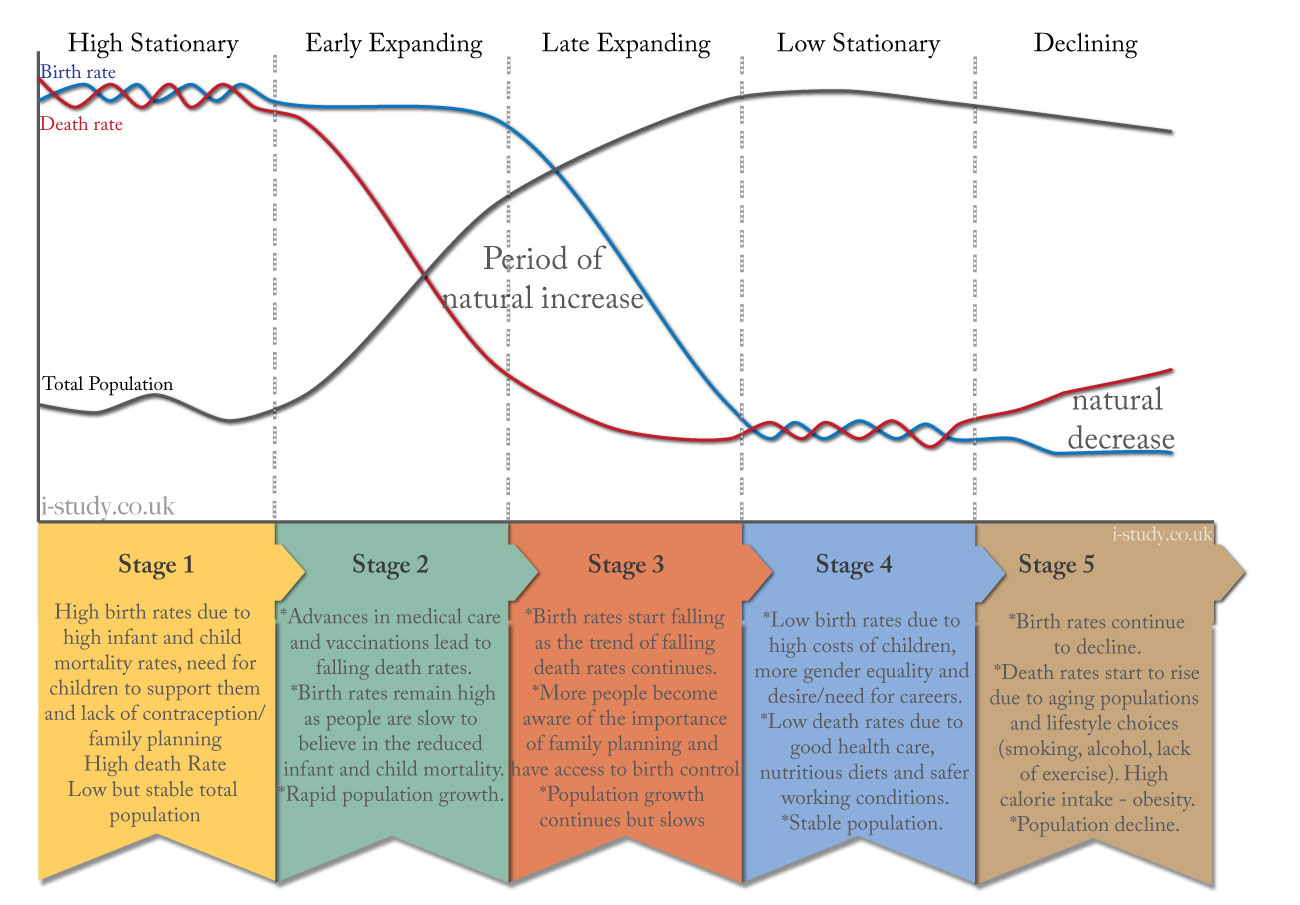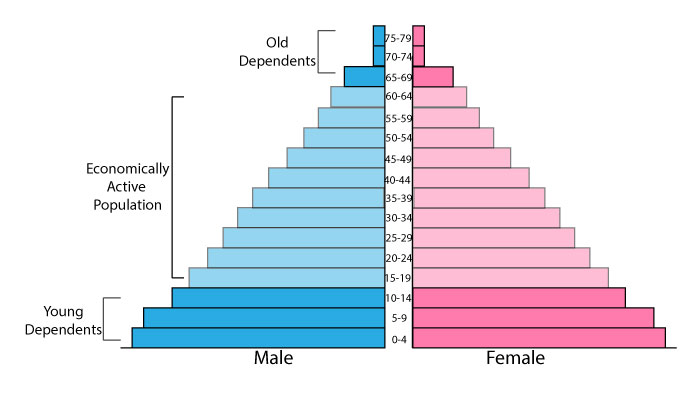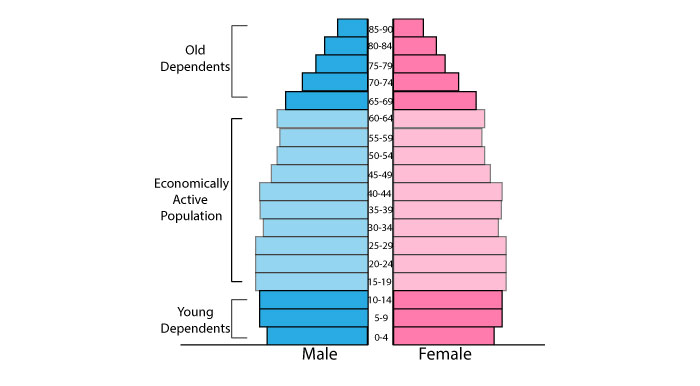Development
Economic development considers the welfare of a country’s citizens, whilst economic growth just looks at increasing GDP.
When considering welfare, it is clear that some countries are better off than others. Some countries’ people enjoy good health care, clean water and cheap luxury goods. Other countries experience high pollution, low life expectancies and a lack of job opportunities.
We therefore split countries into two distinct catagories: ‘Developed’ (which indicates high levels of welfare) and ‘Developing’ (which indicates low levels of welfare).







